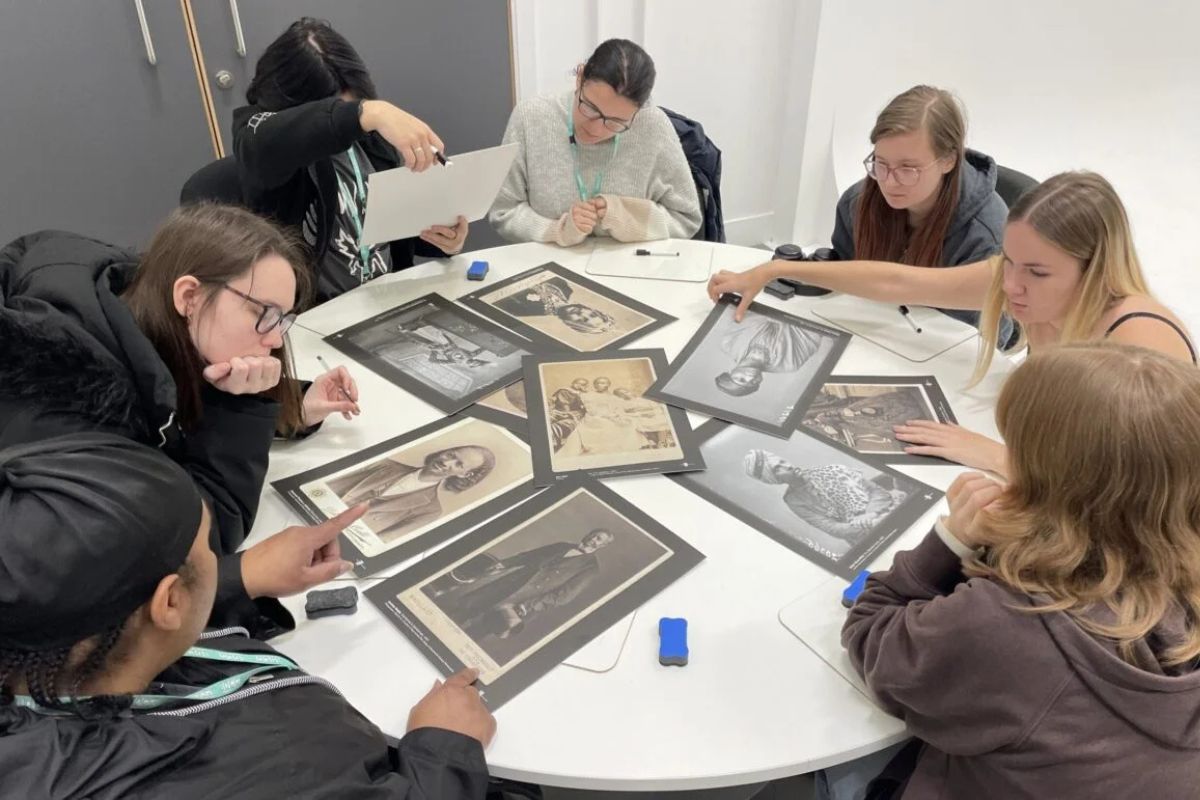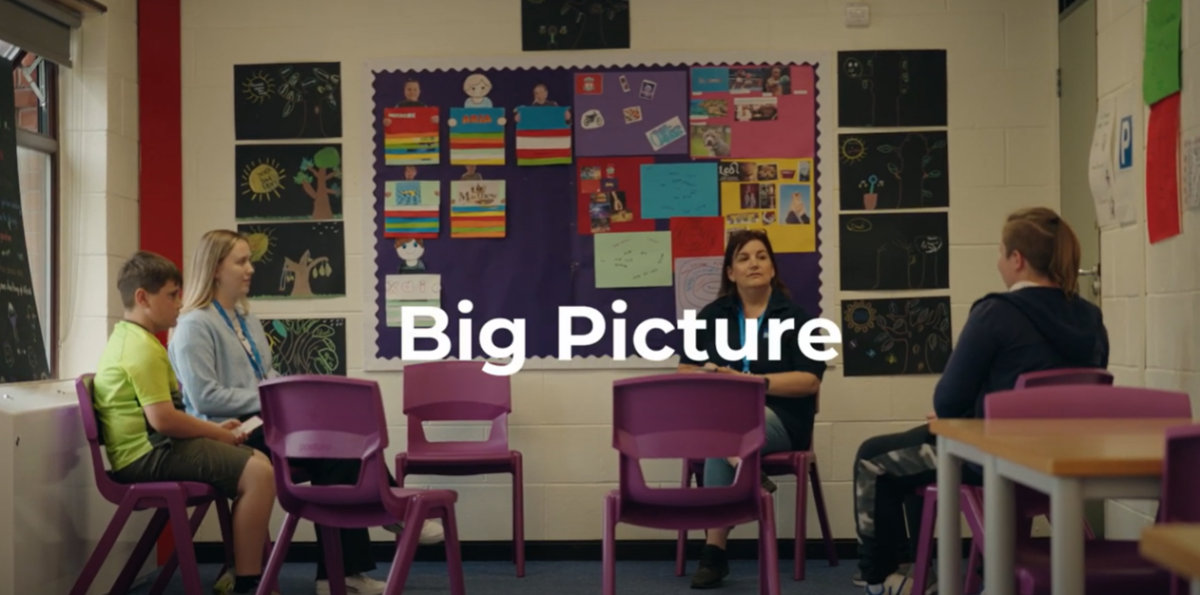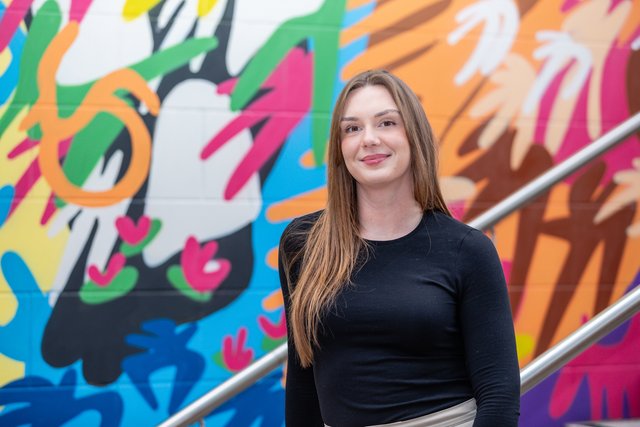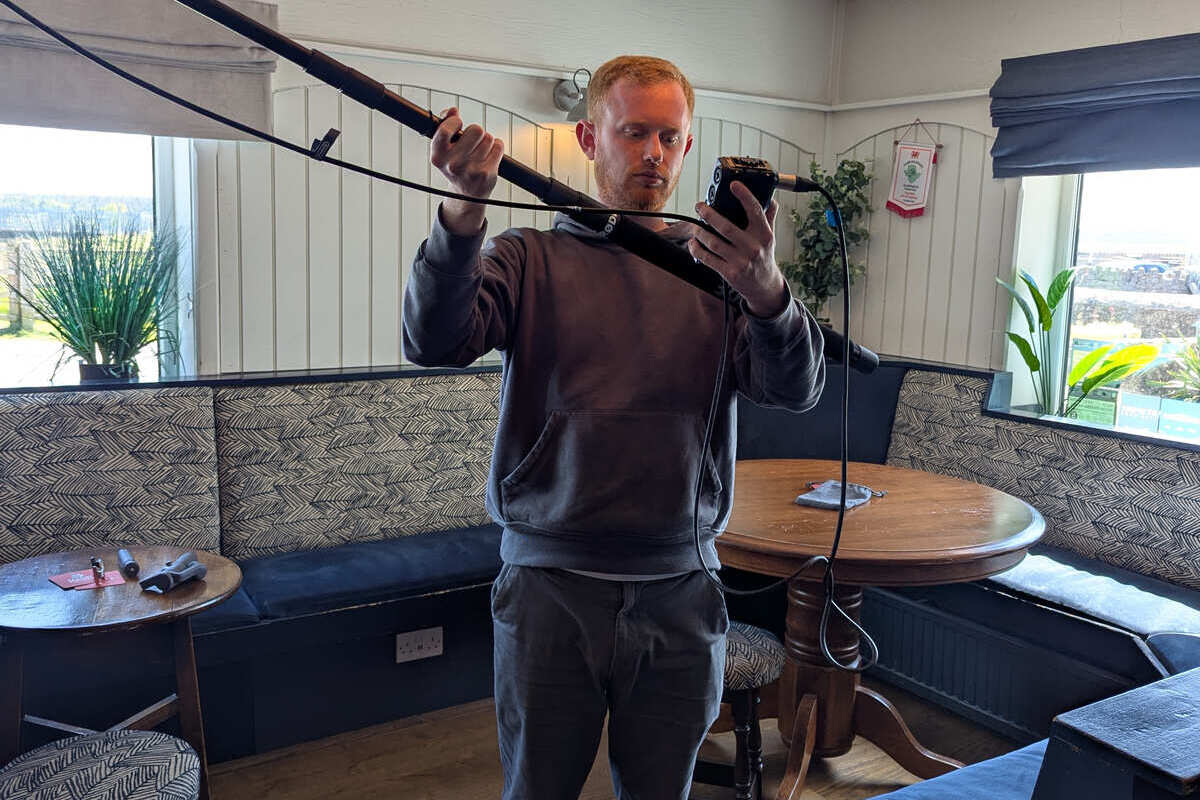Britain’s black history explored by young photographers

Photography students curated a pop-up archive of 19th century photograph’s portraying Britain’s black history.
The project was arranged with the curatorial team of London’s Autograph gallery.
Established in 1988, Autograph’s mission is to champion the work of artists who use photography and film to highlight questions of race, representation, human rights and social justice. Every year they engage hundreds of thousands of people locally, nationally and globally at their gallery in east London, digitally and through projects taking place in partner spaces.
Autograph visits educational institutions with their ‘Black Chronicles Exhibition in a Box’, a powerful educational tool to facilitate conversations and lesson plans around identity, diverse histories and photography.
Barking & Dagenham College’s photography students got to curate a pop-up archive display with the expert guidance of professional curators from the gallery; the resulting exhibition contains reproductions from 19th century photographs, portraying people of African, Caribbean and South Asian descent during the Victorian era in Britain.
The photographs include portraits of performers, politicians, dignitaries, servicemen and women, royalty and missionaries, known personalities and unidentified individuals.
The images highlight an important and complex black presence in Britain before 1948, a watershed moment often cited as the beginning of the emergence of a multicultural modern British society after the HMT Empire Windrush brought the first large group of West Indian migrants to Britain. Produced in commercial studios during the second half of the nineteenth century, many of the images included in the resource lay buried deep within the archives for decades – unseen for more than 125 years.
David Bennett, Programme Leader of Photography at Barking & Dagenham College, said:
“The Exhibition In a Box encouraged my students to critically analyse and engage with a unique collection of historical photographs, exploring how they present different, under-explored perspectives on British cultural history. This experience allowed students to challenge preconceived ideas and broaden their understanding of diverse narratives within the context of British heritage.
“It was wonderful to see both year groups coming together to work with curators from this important cultural institution, fostering a collaborative environment that deepened their awareness and appreciation of visual storytelling. Discussing images of race and identity allowed them to reflect on historical representation and its impact. They collectively curated a display of archival images for the college, providing an opportunity for peers and staff to visually engage with and learn more about Black history.”











Responses